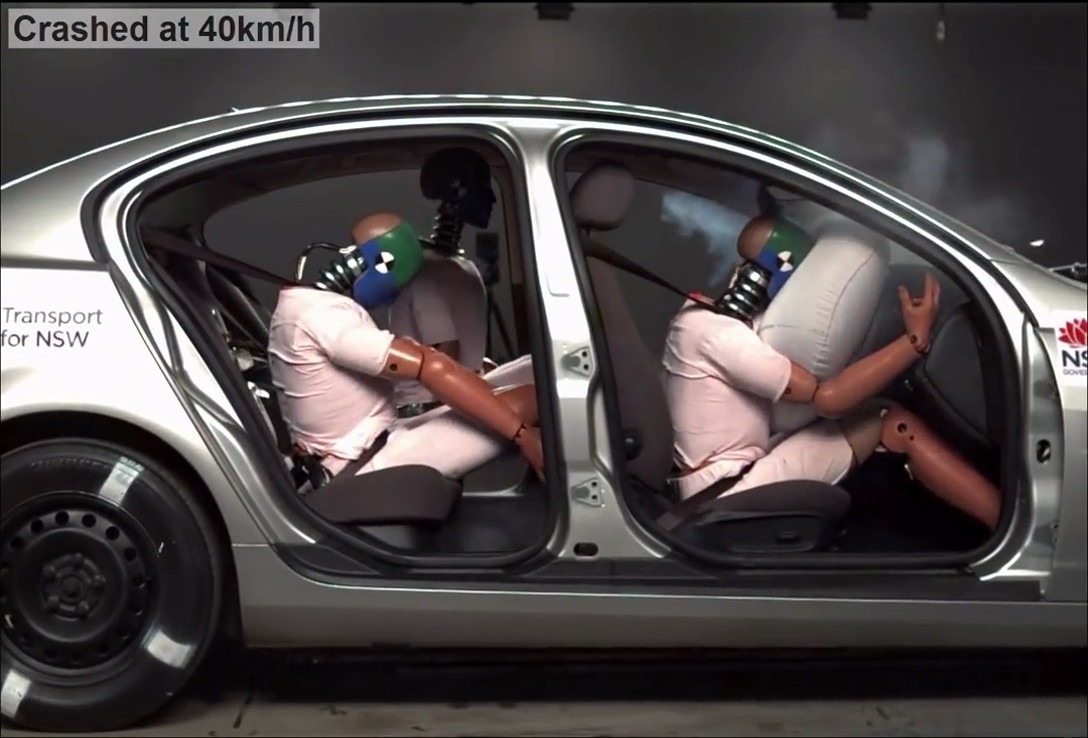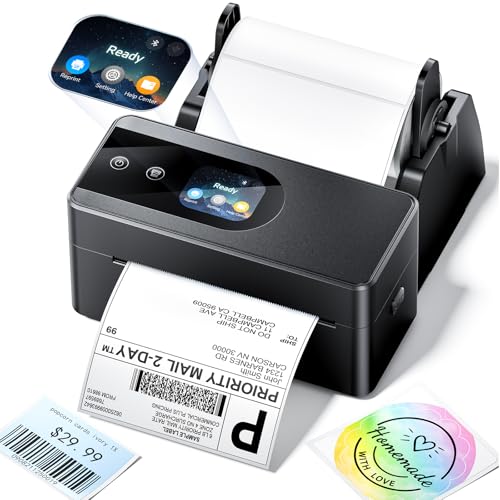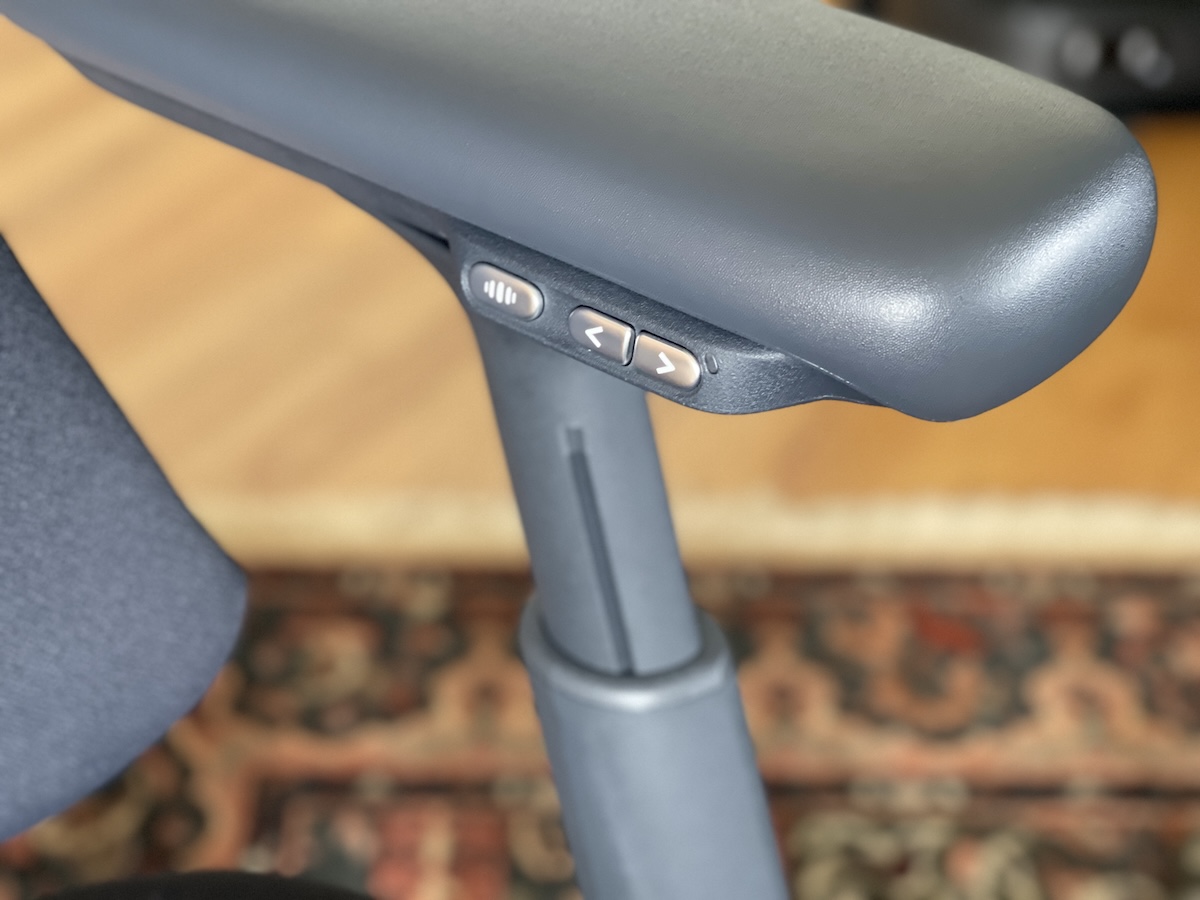TikTok operates as the world’s most sophisticated data vacuum, extracting information from your device with a thoroughness that would impress intelligence agencies. The app demands sweeping permissions that reach deep into your digital life, mapping your movements, communications, and habits while the entertaining videos keep rolling.
The full scope of TikTok’s surveillance capabilities remains deliberately obscured behind technical jargon and buried privacy policies.
9. The China Connection

The heart of concerns about TikTok beats in Beijing, where parent company ByteDance maintains its headquarters. Under Chinese national security laws, companies must provide data when the government comes knocking—no warrant required, no questions asked. The arrangement makes TikTok vulnerable to state influence through legal mechanisms. It’s the digital equivalent of putting your diary in a lockbox but giving someone else control of both the key and the legal right to read it.
This connection has made TikTok a rare bipartisan concern in Washington. The Trump and Biden administrations pushed for restrictions, viewing the app as a potential Trojan horse for foreign surveillance. National security officials worry about the collection of data on government employees, military personnel, and ordinary citizens. The app creates what intelligence professionals call a “pattern of life” profile—detailed enough to identify unusual behavior, vulnerabilities, or opportunities for influence operations.
8. Protecting Your Privacy on TikTok

Several defensive measures can reduce your exposure to TikTok’s data collection. Start by surgically removing TikTok’s permissions through your phone’s settings menu. On iPhone, visit Settings > Privacy, then systematically revoke access to location, contacts, microphone, and camera. Android users should tap Settings > Apps > TikTok > Permissions and strip away each unnecessary permission like you’re cleaning up after a digital party that got out of hand.
Consider using a VPN when accessing TikTok to mask your network details and location—think of it as wearing a digital disguise to the surveillance ball. For users committed to both privacy and viral videos, a dedicated “TikTok only” device creates an isolation chamber for the app’s data collection habits. These measures transform you from an all-you-can-eat data buffet into a more selective tasting menu. The app will collect some information, while you maintain control over the most sensitive personal data.
7. Where Your Data Goes

TikTok officially claims U.S. user data stays tucked away on American and Singaporean servers, safe from prying eyes. When 80 internal meetings leaked in 2022, the company’s carefully constructed narrative unraveled faster than a cheap sweater. The recordings revealed U.S. user data accessed repeatedly by engineers in China, exposing the gap between public assurances and behind-the-scenes reality. It’s reminiscent of that moment in “The Wizard of Oz” when Toto pulls back the curtain, revealing the actual operation.
TikTok created elaborate promises about data localization programs with names like “Project Texas.” Evidence suggests a different reality. TikTok representatives testified before Congress, offered tours of transparency centers, and issued reassuring statements—while data moved freely across borders. The company faces a credibility problem from this contradiction: claiming ironclad data protection while engineers abroad access supposedly secured information creates an inherent trust deficit with users and regulators alike.
6. Is Banning TikTok the Solution?

The debate about banning TikTok resembles a digital version of medical triage—where does the treatment become worse than the disease? For adults, education about data practices might prove more effective than prohibition, allowing individuals to weigh entertainment value against privacy sacrifice. Telling consenting adults they can’t access an app feels about as effective as telling teenagers not to find workarounds, which they absolutely will. The digital equivalent of “just say no” has never worked particularly well.
Children’s access presents a complicated challenge. Kids lack comprehension and legal capacity to consent to TikTok’s extensive data collection. Their information requires stronger protection, considering how the platform’s algorithm can influence developing minds. The question becomes whether age-restricted access represents a reasonable middle ground or whether fundamental privacy flaws in TikTok’s design make it unsuitable for anyone. The solution lies somewhere between “total ban” and “digital free-for-all”—finding that balance requires confronting difficult questions about privacy, security, and freedom.
5. TikTok’s Extended Technical Permissions

Beneath the surface features lies a labyrinth of technical permissions that would make most security experts choke on their coffee. TikTok maps every WiFi network you connect to, creating a detailed record of your regular haunts. The app claims both read and write permissions to your storage, meaning it can access your files and create new ones without asking twice. It’s like lending someone your house key and discovering they’ve made copies for the entire neighborhood.
TikTok can request and install additional software packages, downloading new capabilities without clear notification. The app automatically boots up when your device restarts, ensuring it runs persistently in the background like an uninvited houseguest who never leaves. These permissions extend far beyond what’s needed to show you viral videos, raising questions about the app’s true purpose on your device.
4. The Social Media Data Trade

Using social media platforms means entering an unstated bargain: free entertainment and connection in exchange for personal data. TikTok represents an aggressive version of this transaction, demanding extensive access in return for dopamine-triggering videos. It’s similar to how casino games appear free until you realize the house always wins—your personal information becomes the currency being gambled. Understanding this trade helps you make informed choices about whether dance tutorials and cooking hacks justify the privacy cost.
TikTok’s data collection deserves scrutiny for its scope and the lack of transparency surrounding its ultimate use. The app’s privacy controls provide an illusion of choice while allowing extensive data gathering behind the scenes. With personalized ads disabled, your information flows to servers for other purposes. Privacy researchers note TikTok stands out in the data-hungry tech landscape, collecting information exceeding industry norms and user expectations. As digital citizens, we must determine what we gain from these platforms and what we surrender in return.
3. Data Transmitted to TikTok Servers

Every time you open TikTok, data streams from your phone toward distant servers. Your timezone, exact coordinates, and unique device identifiers make the journey, building a profile that follows you across the digital landscape. The app transmits your carrier details and network codes, pinpointing your location when GPS remains disabled. Like a digital breadcrumb trail, TikTok tracks when you switch between WiFi and cellular data, creating an intimate map of your connectivity habits.
The app uploads your entire address book wholesale to TikTok servers. That friend who swore they’d never join social media? Their contact details became part of TikTok’s database anyway. Each data point builds a mosaic of your life with resolution sharp enough to make marketers salivate and privacy advocates sound alarms. The collective information creates a comprehensive digital profile extending well beyond your personal usage.
2. What TikTok Can Access on Your Device

TikTok wants every bit of data your phone can surrender. The app tracks your precise movements like an overzealous private investigator, collecting your GPS coordinates in real-time. It vacuums up your device specs, creating a detailed profile as unique as a fingerprint. The camera access enables TikTok to potentially snap photos or record video even when the app sits dormant, similar to how the telescreens in “1984” never really turned off.
Most users tap “Allow Access” without a second thought, unknowingly handing over their entire contact list. TikTok collects personal details about your friends, family, and colleagues who never agreed to the company’s terms. Your device microphone falls under TikTok’s domain, giving the app the technical ability to listen in whenever it wants. The permissions screen flashes by in seconds, while the data collection continues indefinitely.
1. TikTok vs. Other Social Platforms

All social platforms hunger for user data, with TikTok’s appetite appearing particularly voracious. Instagram and Facebook collect location, contacts, content, and usage patterns. TikTok employs an all-you-can-eat approach, adding deeper device-level access to its data buffet. The difference recalls how a casual acquaintance might ask your name, while TikTok demands your life story, social security number, and a DNA sample.
TikTok collects information aggressively and extensively. The technical permissions extend beyond standard competitors’ requests, with access levels Facebook executives might find impressive. This expansive data collection powers TikTok’s eerily accurate recommendation algorithm—a system so effective at predicting interests that users regularly joke about the app reading their minds. With enough data points, prediction begins to appear almost magical, explaining the uncanny ability to serve content matching unexpressed interests.





























